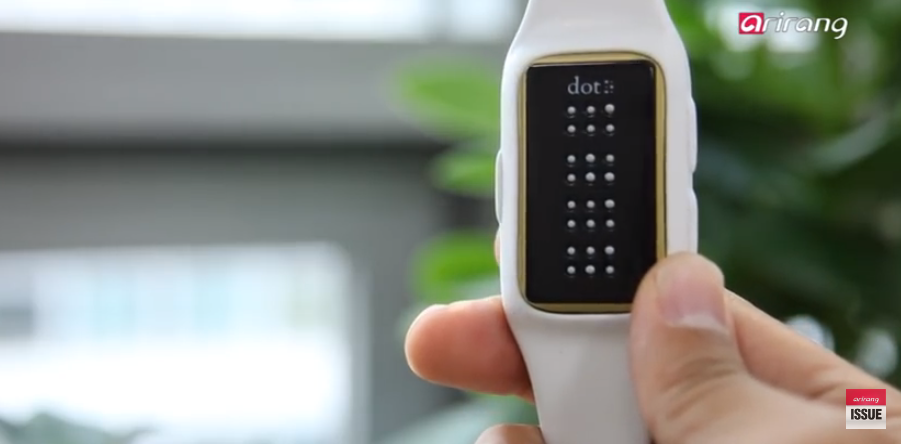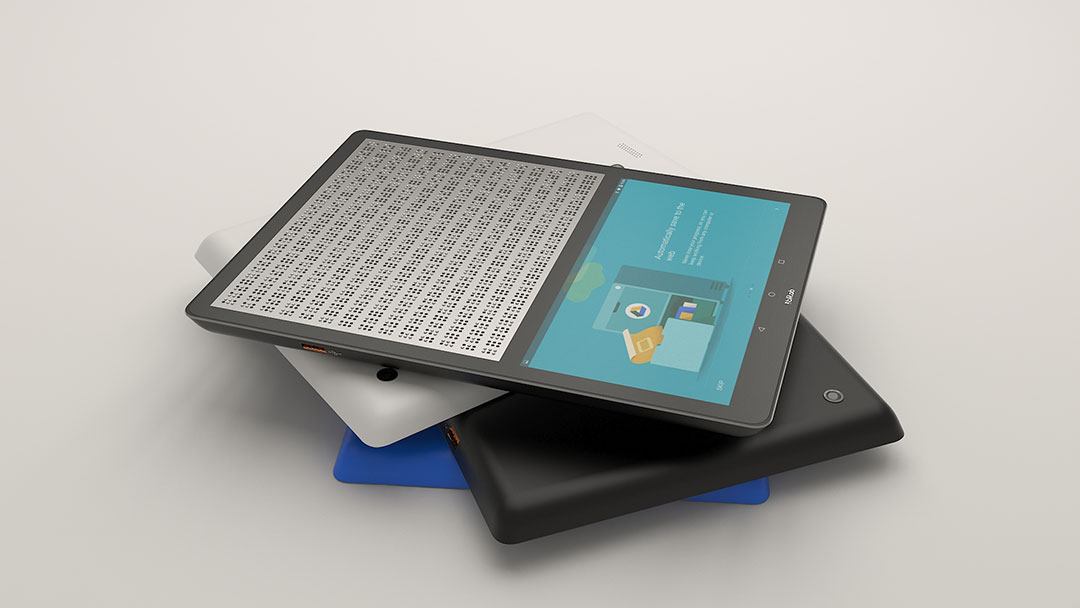AI-Powered Visual Aids: Enhancing Autonomy for Blind Users
AI-Powered Visual Aids: Enhancing Autonomy for Blind Users
Blog Article
Empowering Self-reliance With Assistive Innovation for the Blind
The integration of assistive modern technology right into the lives of people with visual impairments represents a substantial development in promoting self-reliance and self-sufficiency. From cutting-edge screen readers to advanced smart canes, these devices not just enhance everyday navigating and communication however additionally empower users to involve meaningfully in various aspects of life. As we explore the myriad advantages and real-world applications of these innovations, it becomes crucial to analyze the underlying factors that add to their efficiency and the capacity for future advancements in this essential area.
Introduction of Assistive Modern Technology

The advancement of assistive innovation is grounded in principles of inclusivity and empowerment. Technologies in software program, equipment, and sensory improvements provide customers with options tailored to their certain demands. From display viewers that convert message to speech, to responsive gadgets that communicate information with touch, these tools transform the method people engage with their environments.
In addition to practical applications, assistive innovation promotes greater social inclusion and engagement in numerous markets, including education and learning and work (Screen readers for the blind). As study and development remain to develop, the possibility for assistive innovation to further enhance the lives of aesthetically damaged individuals continues to be appealing, leading the method for an extra equitable society where everybody can thrive
Kinds Of Assistive Tools
A selection of assistive tools have arised to support individuals with visual impairments, each made to satisfy particular needs and enhance daily performance. These devices vary from low-tech solutions to high-tech innovations, providing diverse alternatives for customers.
Low-tech tools consist of magnifiers and large-print materials that aid in analysis and writing. Braille tools, such as Braille slates and stylus pens, allow responsive analysis and interaction. Alignment and wheelchair aids, like white canes, aid individuals navigate their environment securely.
On the higher end of the spectrum, digital magnification systems and display viewers offer significant assistance. Digital magnifiers permit customers to enlarge text and pictures on screens, while display visitors convert electronic web content right into manufactured speech, promoting access to details on computer systems and smartphones.
Smart device applications additionally play a vital role, offering attributes like message acknowledgment and navigating assistance. Wearable technology, such as wise glasses geared up with increased truth, is emerging as a promising device to enhance situational understanding.
Advantages of Assistive Innovation
The assimilation of assistive innovation substantially enhances the quality of life for individuals with aesthetic impairments. These technologies encourage individuals by promoting self-reliance, allowing them to browse their atmospheres a lot more effectively and click here for info execute day-to-day tasks with greater ease. As an example, screen viewers and magnification software application allow individuals to access digital information, cultivating expert and educational chances that might have formerly been out of reach.
Moreover, assistive gadgets such as clever walking canes and GPS applications offer real-time navigating aid, enhancing wheelchair and safety and security. This enhanced autonomy not only enhances self-confidence but also encourages social engagement, permitting individuals to take part even more completely in their communities.
Assistive technology likewise helps with interaction, assisting customers get in touch with others through voice acknowledgment and text-to-speech applications. This capacity is crucial for keeping relationships and accessing vital details.
Additionally, the personalization alternatives readily available with many assistive modern technologies ensure that users can tailor tools to their specific requirements, further enhancing functionality and efficiency. In general, the advantages of assistive innovation for people with aesthetic impairments are extensive, advertising a more comprehensive society where every person can pursue their goals and desires.
Study and Success Stories
Highlighting the transformative impact of assistive technology, many situation researches illustrate how people with visual disabilities have successfully incorporated these devices into their daily lives. One engaging instance includes an university student who utilized screen analysis software program to navigate academic products and on-line resources successfully. This innovation not just facilitated her education however likewise improved her self-confidence in participating in discussions and group jobs.
One more case research study features a specialist who employs a smart device application developed for navigation and object acknowledgment. By using this app, he has actually regained freedom in both his personal and workplace, permitting him to commute individually and engage with associates better.
Furthermore, a retired person shared her experience with braille e-readers, which enabled her to access a vast selection of literary works and remain gotten in touch with her community with publication clubs.
These success tales emphasize the important duty of assistive technology in promoting freedom, enhancing lifestyle, and promoting social combination for people with visual disabilities (Speech-to-text devices for low vision). By welcoming these ingenious devices, individuals can get over challenges and take chances that contribute link to their personal and professional gratification

Future Fads in Assistive Technology
Technology in assistive technology is poised to redefine the landscape of assistance for individuals with aesthetic disabilities. Arising trends emphasize the combination of artificial intelligence (AI) and machine understanding, which boost the capability of devices that aid with navigating and info access. AI-driven applications are currently qualified of translating visual information in real-time, making it possible for users to engage with their setting extra separately.
Additionally, the advancement of wearable modern technology is advancing quickly. Smart glasses geared up with increased truth (AR) can supply audio summaries of environments, changing just how individuals engage with public spaces. These devices not only promote freedom but also foster social inclusion.
Additionally, the Net of Points (IoT) is making homes smarter, enabling smooth connectivity in between assistive gadgets and everyday home appliances. This connection encourages users by allowing voice-activated controls and automatic responses customized to specific requirements.
Conclusion
Finally, assistive technology plays a pivotal role in equipping people with visual disabilities by enhancing their independence and involvement with their you could check here surroundings. The diverse array of devices and applications offered not just helps with navigating and interaction yet additionally promotes social combination and chances for professional and individual growth. As developments proceed in this field, the capacity for boosting the high quality of life for those with visual problems will broaden, cultivating greater autonomy and empowerment.

Report this page